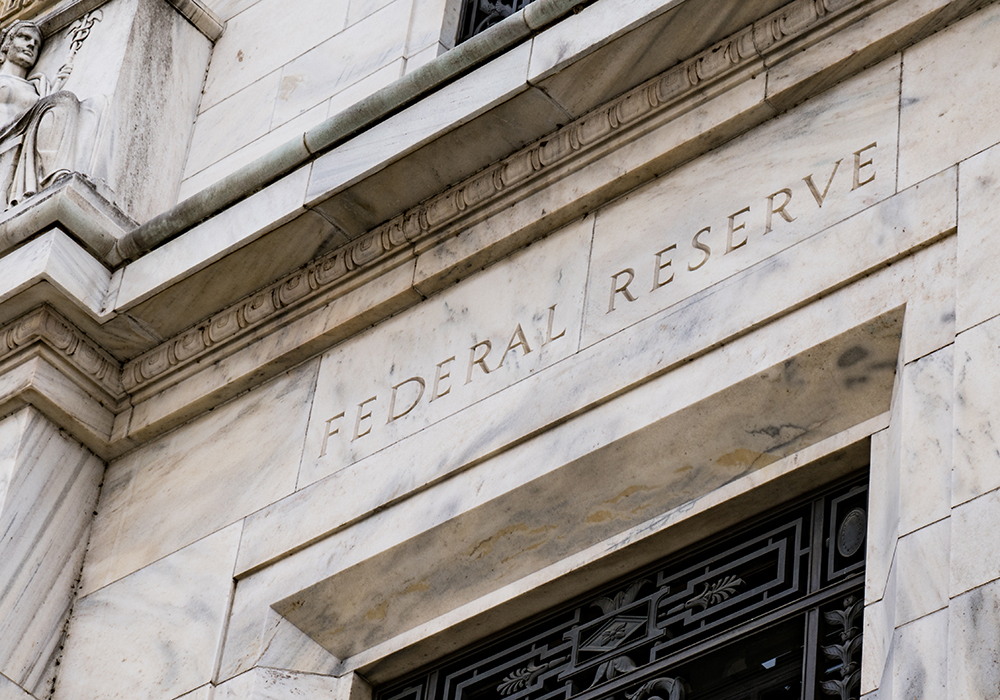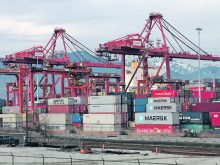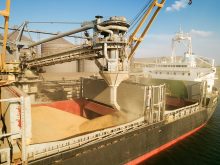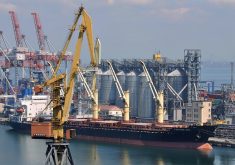The struggle against inflation is much more complex now because of Russia’s war on Ukraine, and central banks and governments will need a deft hand on the controls to avoid pushing world economies into recession.
Before the invasion, central banks in the United States, Canada, the European Union and other western countries were ending their stimulus and starting to ratchet up interest rates to cool the rising demand that was driving prices higher.
But now the war has pushed the prices of fuel, food, fertilizer and other commodities to new heights.
Read Also

Crop estimates show mixed results
Model-based estimates used by Statistics Canada showed the 2025/26 crop year has seen increases in canola, corn for grain, oats and lentils production while seeing dips in spring wheat, durum wheat, soybeans and barley in comparison to 2024/25.
More people will find that after buying the necessities of life they have less left over for other purchases and so demand for other goods and services will drop off.
This drag on consumption, coupled with aggressive rising interest rates, could result in a double whammy blow against the economy, resulting in a recession, usually accompanied by rising unemployment.
No one wants that, but nor does anyone want inflation to get a long-term grip.
Last week, the United States reported that February inflation had risen to 7.9 percent compared to the same time last year. That was the highest level since 1982. Canada’s inflation data for February comes out after this column is produced, but in January it was 5.1 percent.
Central bankers don’t want to let inflation get out of hand because if it lingers, a vicious price-wage circle can establish where cost increases force anyone who sells a product or labour to increase their price to avoid falling behind, but those increases only lead to more inflation.
This is what developed in the 1970s and early 1980s. It was originally sparked by the soaring oil prices cause by OPEC’s embargo on exports to the U.S. for its support of Israel in the Yom Kippur war. However, it became entrenched, leading to what economists dubbed “stagflation” where economic growth stalled and unemployment was high but inflation continued to rise.
It was extremely hard to shake the economy out of its doldrums. In Canada, the Liberal government tried wage and price controls but the effort was ineffectual and highly unpopular.
Ultimately, it was the use of punishingly high interest rates, as high at 21 percent in 1981, instituted by the U.S. Federal Reserve and the Bank of Canada that slayed the inflation dragon.
But that had its own negative consequences, including the rash of farm foreclosures in the 1980s and recession in 1981-82 that pushed unemployment in Canada to 13 percent.
We certainly don’t want a repeat of that.
As I noted, central banks such as the Bank of Canada and the Federal Reserve have signalled the intention to raise rates incrementally over the coming months, but they will closely watch economic data and will refine their approach if needed.
That data now is mostly positive. The Canadian and American economies are coming out of the COVID pandemic in much better shape than expected.
For example, in the fourth quarter of 2021 the Canadian economy grew at a fast 6.7 percent compared to the same period in 2020.
With that growth, it is now 0.6 percent larger than it was pre-pandemic.
The unemployment rate in February fell to 5.5 percent, close to the record low of 5.4 percent in May 2019. The portion of the working age population that is employed rose to 61.8 percent, back to pre-pandemic levels.
And with COVID restrictions lifting, the number of people working in hotel and food service should grow back to normal levels.
This could mean that a large part of the population will be able to pay the rising costs of the basics and still have enough for the extras and so keep the economy growing.
Central banks are not the only ones able to fight inflation.
Governments can do things to provide relief at the gas pumps, although doing so would go against their efforts to lower greenhouse gas emissions.
Alberta’s government has already temporarily dropped its sales tax on gasoline.
The federal government’s carbon tax is set on April 1 to rise to $50 per tonne of emissions, up $10. That increase could be delayed, although it would create howls of protest from environmentalists.
And governments could encourage oil production to reach the full current potential. It is true that U.S. president Joe Biden cancelled the Keystone XL pipeline, and the TransMountain pipeline expansion is delayed with costs mounting.
But companies have made advances on several less prominent projects, such as Enbridge’s Line 3 expansion and the reverse flow of the Capline pipeline in the U.S. that will quickly allow a larger flow of Canadian oil to U.S. Gulf Coast refineries. There is also capacity for the railways to move more oil.















